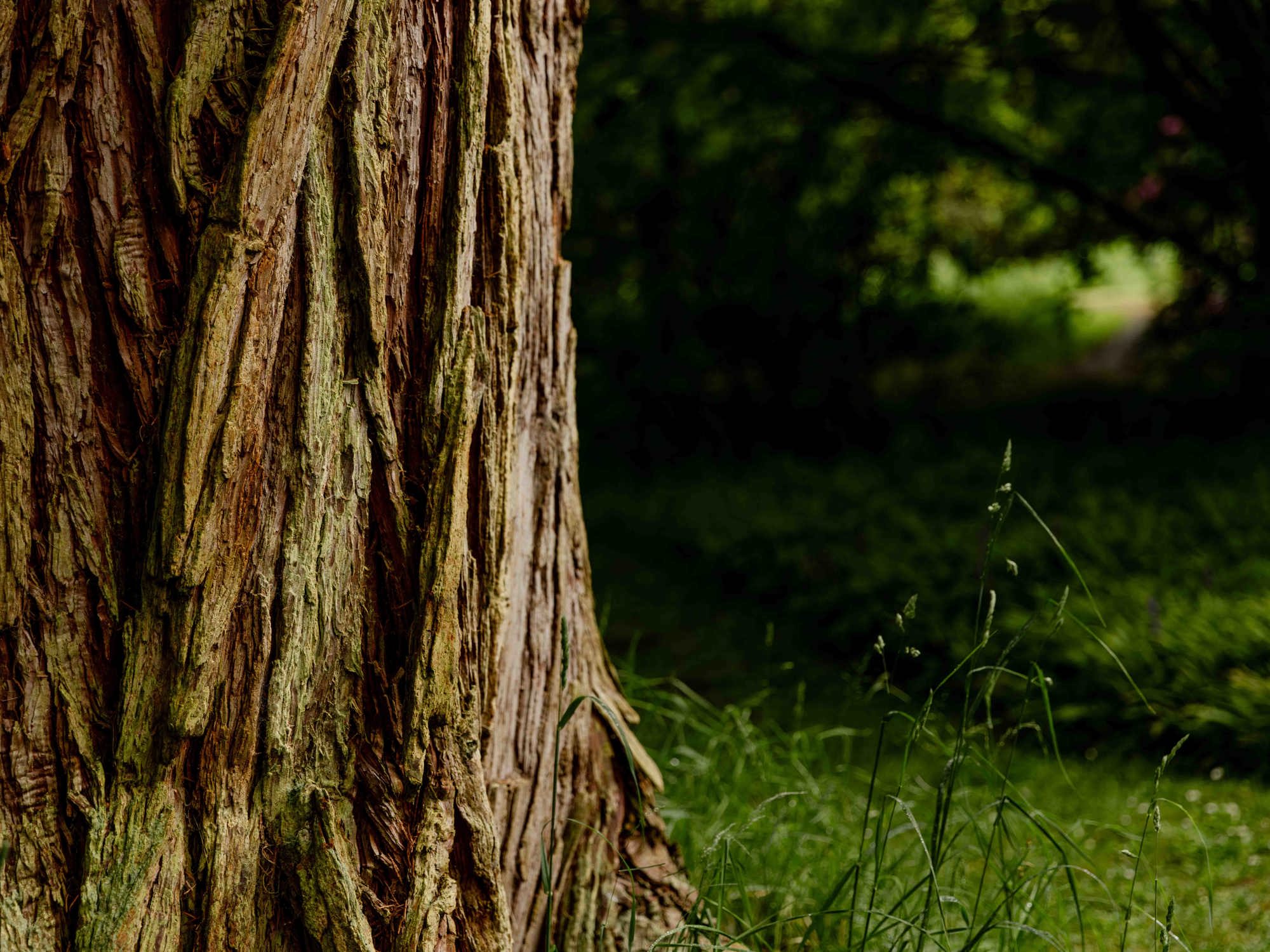International teamwork by researchers in Scotland, Australia and New Caledonia, has solved a long-standing mystery to reveal how crows in one particular population select a preferred plant species to craft intricate tools for hunting prey.
In new research* setting out the clear botanical preference of a population of crows on the southwest Pacific Ocean archipelago of New Caledonia, sleuthing scientists from The Australian National University (ANU), the University of St Andrew’s, the Royal Botanic Garden Edinburgh (RBGE) and the Institut de Recherche pour le Developpment (IRD) in New Caledonia, are demonstrating how advances in plant geonomics can unravel great mysteries in natural science.
The work focussed on New Caledonian crows (Corvus moneduloides), the only non-human animal known to manufacture hooked tools in the wild. Using a sophisticated sequence of actions, the birds select forked plant stems, trim off leaves and twiglets and refine their tools by sculpting parts of the stem material into a neat terminal hook, stripping bark and bending the tool shaft. The clever crows then use the resulting tools to extract bugs and other small prey from otherwise inaccessible holes and crevices in vegetation.
However, this manufacturing process substantially alters the appearance of the plant material used. So, until now, the field team studying the birds has had no success in identifying the species in question at a long-term research site. The crows have been studied for many years by Professor Christian Rutz, Dr Matthew Steele and colleagues from the University of St Andrews. Professor Rutz commented: “The tool artefacts we have been able to collect have usually been heavily processed by the birds, so lack features such as leaves or flowers that would aid identification. Because of the crows’ manufacturing techniques, identifying their plant of choice is very challenging.”
The breakthrough came when the team considered the use of DNA barcoding.
“These crows put a lot of effort into making their tools,” explained ANU co-author Dr Linda Neaves, whose research in Australia and at RBGE has already brought fresh light to the genetic traits of pandas and koalas.
“After collecting some of the crows’ tools, the field team approached me and Professor Pete Hollingsworth, at RBGE, a leading institute for DNA barcoding of plants. We were keen to discover if DNA could be used to work out what species of plant the birds used.”
Using DNA barcoding – the sequencing of short regions of the genome selected for telling species apart - Dr Neaves was able to address questions that would not have been possible until recently. She managed to match DNA from the collected tools to a large evergreen tree, Mimusops elengi. A member of the significant tropical Sapotaceae family, this tree has numerous common names, including Spanish cherry. By humans, it is prized for its timber and fruit, which is used in traditional medicine.
“It was amazing to finally work it out,” added Dr Neaves. “Usually, you have a bit more to work with, but in this case it felt like searching for a needle in a haystack – the tools could have been crafted from any one of a large number of plants.
“While New Caledonian crows in some populations have adapted their remarkable tool-making abilities over time to make use of a range of plants, including introduced species, it is exciting to find that this particular population apparently prefers to stick with a single native tree. This raises a lot of interesting questions about how and why crows select the plants they use and how this may be influenced by changes in their environment.”
In solving the mystery of the tools crafted by these clever crows, the team is clearly demonstrating the power of DNA barcoding in answering untold numbers of questions in natural history.
Professor Hollingsworth concluded: “The outcome of this research highlights the broad usefulness of DNA barcoding for the essential task of separating and identifying species.
“From identifying plant species new to science, to discovering more about the habits and diet of reindeer and pandas, to tracing the actual constituents of herbal medicines or supporting the monitoring of endangered plant species in trade, DNA barcoding has many practical applications to support the understanding, conservation and sustainable use of biodiversity. The possibilities are almost limitless.”
ENDS
For further information, interviews or images, please respond to this email or contact Shauna Hay on 07824 529 028 or Sandra Donnelly on 07312 128 637
EDITOR’S NOTES
*The research paper, published by PNAS can be found online: https://www.pnas.org/content/118/29/e2020699118
Molecular ecology is core to the work undertaken at RBGE in conjunction with partners in more than 50 countries around the world:
https://www.rbge.org.uk/science-and-conservation/genetics-and-conservation/molecular-ecology/
The Royal Botanic Garden Edinburgh (RBGE) is a leading international research organisation delivering knowledge, education and plant conservation action around the world. In Scotland its four Gardens at Edinburgh, Benmore, Dawyck and Logan attract nearly a million visitors each year. It operates as a Non Departmental Public Body established under the National Heritage (Scotland) Act 1985, principally funded by the Scottish Government. It is also a registered charity, managed by a Board of Trustees appointed by Ministers. Its mission is “To explore, conserve and explain the world of plants for a better future.” Learn more: www.rbge.org.uk

